Dypred Eye Drop
₹85.5*
MRP ₹95
10% off
₹80.75*
MRP ₹95
15% CB
₹14.25 cashback(15%)
Free Delivery
With Circle membership
(Inclusive of all Taxes)
This offer price is valid on orders above ₹800. Apply coupon PHARMA10/PHARMA18 (excluding restricted items)
Know Your Delivery Time
Provide Delivery Location

Available Offers
 Prescription drug
Prescription drugWhats That

Secure Payment

India's Most Trusted Pharmacy

Genuine Products
Composition :
Manufacturer/Marketer :
Consume Type :
Return Policy :
About Dypred Eye Drop
Dypred Eye Drop belongs to the class of ocular medications called ‘topical corticosteroids’ used to treat inflammatory conditions after eye surgery. It is effectively used to treat eye inflammation caused by allergies, iritis (inflammation of the coloured part of the eye (iris)), uveitis (inflammation of the middle layer of the eye (uvea)), eye injury, postinfectious pain and inflammation.
Dypred Eye Drop contains Difluprednate, a topical corticosteroid with anti-inflammatory properties and acts by inhibiting the chemicals such as prostaglandins production (chemical messengers) that make the eye red, swollen and itchy. It is used to treat post-operative eye pain and inflammation.
Dypred Eye Drop is for ophthalmic (use in the eyes) use only. Use Dypred Eye Drop as prescribed by your doctor. You are advised to use Dypred Eye Drop for as long as your doctor has prescribed it based on your medical condition. You may experience watery eyes, irritation, eye itching, and eyes more sensitivity to light in some cases. Most of these side effects of Dypred Eye Drop are temporary, do not require medical attention and gradually resolve over time. However, if the side effects are persistent, reach out to your doctor.
Do not use Dypred Eye Drop without consulting your doctor if you have a damaged cornea, ulcers in the eye, eye infection producing pus, open lesions in the eye and glaucoma (a condition where the pressure inside the eye increases). Inform your doctor if you are pregnant or breastfeeding before using Dypred Eye Drop. If you wear contact lenses, remove them before using Dypred Eye Drop, and you can put it back 15 minutes after using Dypred Eye Drop. Avoid touching the eyedropper with bare hands or taking it closer to the eyelids while administering drops since it contaminates the dropper tip and solution. If you wear contact lenses, please inform your doctor.
Uses of Dypred Eye Drop
Directions for Use
Medicinal Benefits
Dypred Eye Drop contains Difluprednate used to treat post-operative eye pain and inflammation. Dypred Eye Drop is a topical corticosteroid with anti-inflammatory properties and acts by inhibiting the chemicals such as prostaglandins production (chemical messengers) that make the eye red, swollen and itchy. Dypred Eye Drop is also used to treat post-infectious swelling and pain of the eyes, treat anterior uveitis, and inflammation that affects the front part of the eye.
How Dypred Eye Drop Works
Storage
Side Effects of Dypred Eye Drop
- Eye itching/irritation
- Watery eyes
- Headache
- Blurred vision
- Eyes more sensitive to light
What if I have taken an overdose of Dypred Eye Drop
Drug Warnings
Do not take Dypred Eye Drop if you are allergic or have had a severe reaction to the corticosteroids or any of the ingredients of Dypred Eye Drop. Please inform your doctor if you are pregnant or breastfeeding before starting Dypred Eye Drop. Dypred Eye Drop is not recommended for children below 1 year of age as the safety and effectiveness have not been established. Do not stop taking Dypred Eye Drop even if you feel better without asking your doctor, as your symptoms may come back and even worsen your condition. To avoid any contamination, avoid touching the tip of the dropper. Do not put in other eye medication simultaneously; wait for at least 15 minutes before putting in the second medication. If you have had glaucoma (increased eye pressure), herpes simplex infection, or any other eye problem, do not take Dypred Eye Drop until prescribed by your doctor. Prolonged use of corticosteroids may result in glaucoma with damage to the optic nerve and defects in visual acuity and fields of vision. Do not use eye drops for longer than recommended by your doctor as they may suppress adrenal gland function and may increase the risk of cataracts (clouding of the eye) and also increases the risk of a second infection.
Diet & Lifestyle Advise
- Try to maintain good hygiene to keep your eyes clean and irritant-free.
- Do not rub your eyes even though some ophthalmic drugs make your eye itchy.
- Know your allergy triggers, such as pollen, dust and other factors.
- Sleep for at least six to eight hours to rejuvenate your eyes naturally.
- Wash your eyes with clean water at least two to three times a day
- Manage stress, eat healthily, drink plenty of water, exercise regularly and get plenty of sleep.
- Wash your hands thoroughly, and do not touch the dropper before using drops to avoid contamination.
- Reduce screen time (by avoiding watching tv or phone) and use sunglasses while going into the sunlight.
Habit Forming
Therapeutic Class
Dypred Eye Drop Substitute

Diflucor Eye Drop 5 ml
₹41.22per tabletDuronet Eye Drops 5 ml
₹31.86per tabletDIFLUSAP DROPS 5ML
by AYUR
₹23.76per tabletDiflusenz 0.05% Eye Drop
₹15.43per tabletVisipred 0.05% Eye Drop
₹16.02per tablet
Product Substitutes
Alcohol
Caution
is best to avoid alcohol while taking medication. Dypred Eye Drop makes you dehydrated and affects eye pressure.
Pregnancy
Caution
Dypred Eye Drop is a pregnancy Category C medicine. It is not known whether Dypred Eye Drop can be used in pregnancy. Please consult your doctor. Your doctor will prescribe this medicine if the benefits outweigh the risks.
Breast Feeding
Caution
It is unknown if Dypred Eye Drop passes into breastmilk. Consult your doctor before taking Dypred Eye Drop if you are breastfeeding.
Driving
Caution
Dypred Eye Drop may cause vision problems. However, it will be mild and temporary. So, avoid driving until your vision clears.
Liver
Safe if prescribed
Dypred Eye Drop can be used for treating eye infections in patients with liver diseases.
Kidney
Safe if prescribed
Dypred Eye Drop can be used for treating eye infections in patients with kidney diseases.
Children
Caution
Please consult your doctor if Dypred Eye Drop is to be used in children. Safety and effectiveness in pediatric patients have not been established.
FAQs
Country of origin
Manufacturer/Marketer address
Disclaimer
Author Details
We provide you with authentic, trustworthy and relevant information














